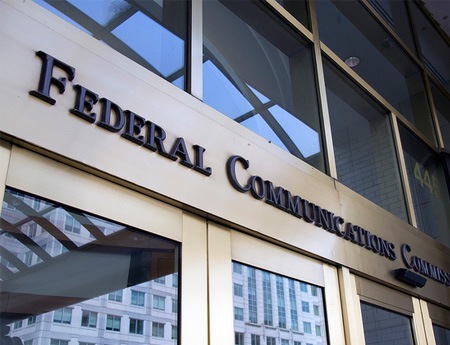NCTA: FCC Can't Expand Number of Video Described Nets

The National Cable & Telecommunications Association has told the FCC that it cannot increase the number of networks required to provide video described programming for the blind and sight-impaired, cannot apply the requirement to a top five network--or top 10 if another proposed FCC change is approved--after it has falled out of that ranking (the so-called "no backsliding" provision), and should not apply it to video on demand--some MVPDs may not have the ability to pass through a secondary audio stream, for example.
That came in comments on a Notice of Proposed Rulemaking approved in March over the partial dissents of Republicans. "Contrary to the assumptions embodied in the Notice, the Commission’s “continuing authority ” to adopt additional video description requirements of any kind is carefully constrained and specifically delimited," NCTA said.
That March vote was the latest step in implementing the 21st Century Communications and Video Accessibility Act (CVAA), something FCC chairman Tom Wheeler has made a priority in his efforts to promote universal communications access, in this case blind and sight-impaired viewers to the most popular video programming.
The item expands the number of hours required to be video described by the top five cable nets and top four broadcast nets from 50 to 87.5 hours per year, or a 75% increase, which is the maximum the statute allowed the FCC to bump it up at this time. Under the rules, video description is only required of the top five nonbroadcast networks and the top four broadcast nets. But the item tentatively concludes that the requirement should be extended to the top 10 nonbroadcast networks, as well as the fifth largest broadcast network.
FCC commissioner Ajit Pai dissented in part, saying the FCC was not authorized to expand to 10 cable nets or five broadcast nets because that would be a much larger increase than the 75% increase in programming for the top five and four nets the law allows. Pai also took issue with the proposal's requirement that networks remain covered even if they fall out of the top rankings, which would be a potential additional expansion. Commissioner Michael O'Rielly agreed with Pai that the FCC was exceeding its authority by expanding the number of networks.
NCTA says the law clearly limits the number of top networks video description can be applied to, providing the FCC the discretion only to increase the number of hours of described programming on the top five networks.
The trade group says that applying the "no backsliding" rule means the FCC would mean that once a programmer made it into the top five (or 10), it would be subject to rules regardless of changed circumstances.
The smarter way to stay on top of the multichannel video marketplace. Sign up below.
"Requiring a network that has slipped out of the top five (or ten if the proposed rules are adopted) to continue to shoulder the same financial costs of creating new video-described programming as its more highly-rated and financially successful peers would be unfair," it said.
On applying the regs to VOD, NCTA said: "Given the significant differences in programming offered on VOD versus linear programming," NCTA said, "a requirement to describe VOD programming that was provided on a linear basis with descriptions would be burdensome...Any such requirement would involve solving complex technical and rights issues that would involve a number of stakeholders, including movie studios, program networks, program aggregators, MVPDs, and others. The Commission should refrain from applying video description obligations to programs offered on VOD."
Contributing editor John Eggerton has been an editor and/or writer on media regulation, legislation and policy for over four decades, including covering the FCC, FTC, Congress, the major media trade associations, and the federal courts. In addition to Multichannel News and Broadcasting + Cable, his work has appeared in Radio World, TV Technology, TV Fax, This Week in Consumer Electronics, Variety and the Encyclopedia Britannica.

